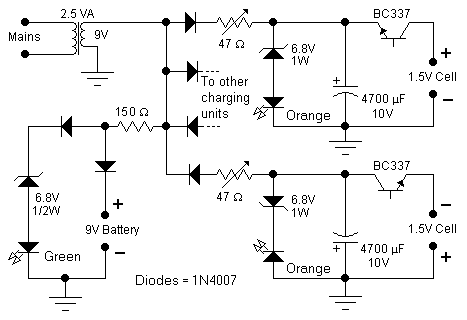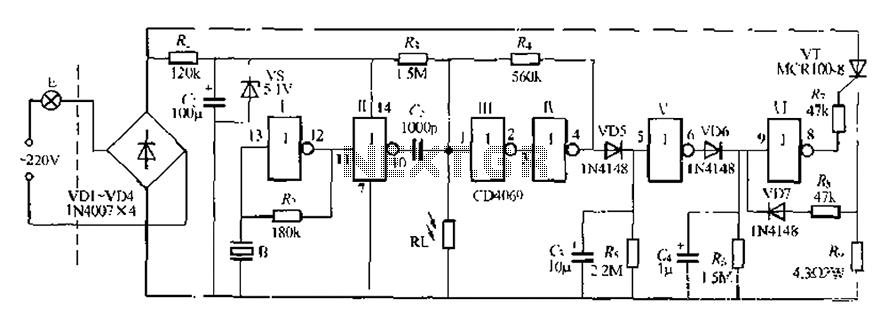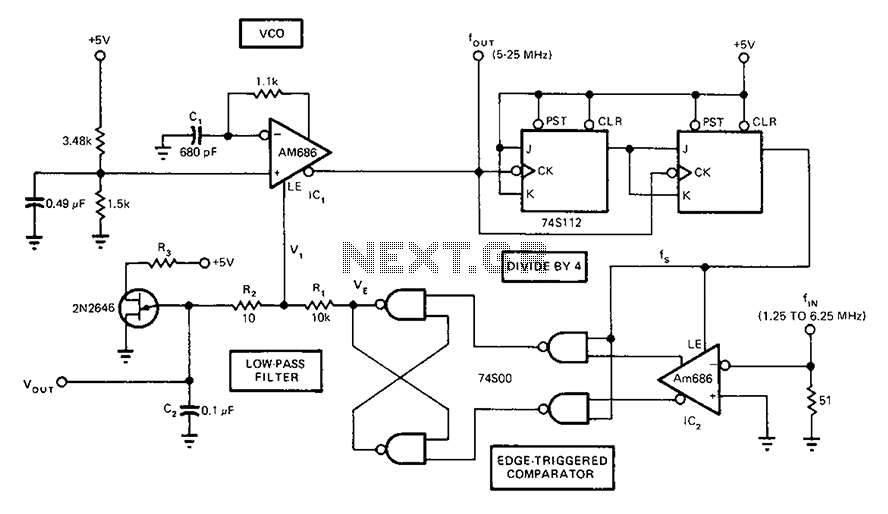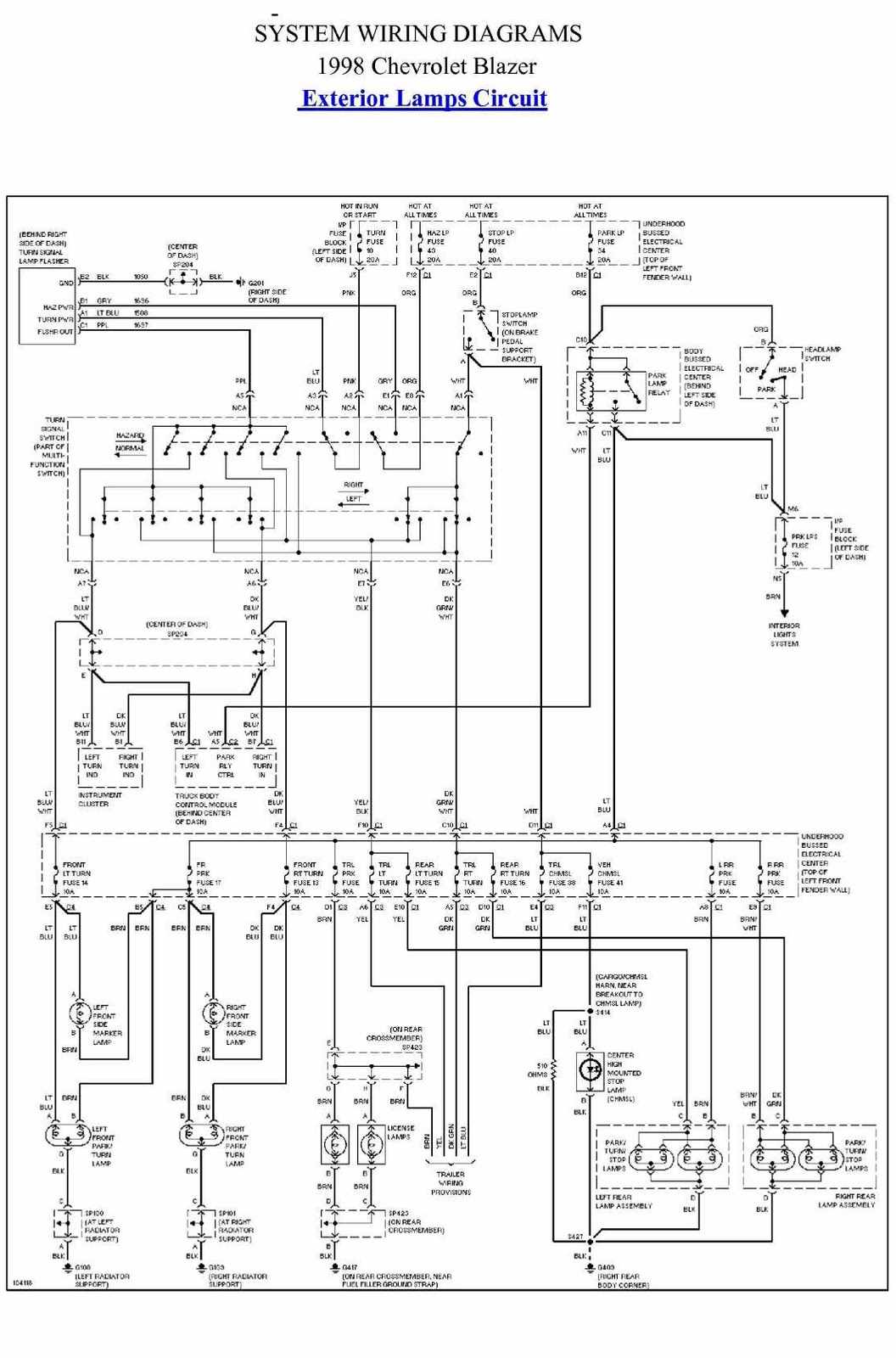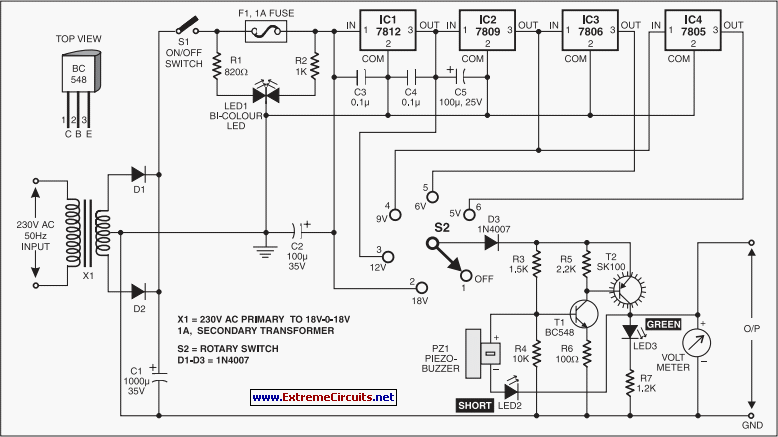
Lithium Battery Charger Circuit With LM317 IC
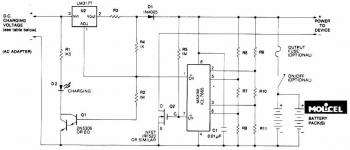
This circuit illustrates a Lithium Battery Charger circuit diagram. Charging is achieved using a constant current of 60 mA for AA cells until a cutoff voltage of 2.4V per cell is reached, at which point the charging process must be terminated. Components include an LM317 integrated circuit, a diode, a resistor, a capacitor, a transistor, a switch, and a battery.
The Lithium Battery Charger circuit employs an LM317 voltage regulator, which is configured to provide a constant output current suitable for charging AA lithium cells. The design ensures that the charging current remains stable at 60 mA, which is optimal for maintaining battery health and efficiency during the charging process.
The circuit includes a diode to prevent reverse current flow, which could damage the power source or the battery being charged. A resistor is used to set the charging current, while a capacitor may be included for smoothing the output voltage and filtering any noise that could affect the charging performance.
The transistor in the circuit acts as a switch, which can be controlled to enable or disable the charging process based on the battery voltage levels. This feature is crucial for preventing overcharging, which can lead to battery degradation or failure. Once the voltage of the lithium cell reaches 2.4V, the circuit is designed to terminate the charge automatically, ensuring the safety and longevity of the battery.
The switch allows for manual control of the charging process, providing flexibility in operation. Overall, this circuit is an effective solution for safely charging lithium batteries while maintaining optimal performance through well-designed components and configurations.This circuit shows a Lithium Battery Charger circuit diagram. Charging is accomplished with a constant current of 60 mA for AA cells to a cutoff of 2. 4V per cell, at which point the charge must be terminated. Component: LM317 IC, Diode, Resistor, Capacitor, Transistor, Switch, Battery. [circuitdiagram. net] 🔗 External reference
The Lithium Battery Charger circuit employs an LM317 voltage regulator, which is configured to provide a constant output current suitable for charging AA lithium cells. The design ensures that the charging current remains stable at 60 mA, which is optimal for maintaining battery health and efficiency during the charging process.
The circuit includes a diode to prevent reverse current flow, which could damage the power source or the battery being charged. A resistor is used to set the charging current, while a capacitor may be included for smoothing the output voltage and filtering any noise that could affect the charging performance.
The transistor in the circuit acts as a switch, which can be controlled to enable or disable the charging process based on the battery voltage levels. This feature is crucial for preventing overcharging, which can lead to battery degradation or failure. Once the voltage of the lithium cell reaches 2.4V, the circuit is designed to terminate the charge automatically, ensuring the safety and longevity of the battery.
The switch allows for manual control of the charging process, providing flexibility in operation. Overall, this circuit is an effective solution for safely charging lithium batteries while maintaining optimal performance through well-designed components and configurations.This circuit shows a Lithium Battery Charger circuit diagram. Charging is accomplished with a constant current of 60 mA for AA cells to a cutoff of 2. 4V per cell, at which point the charge must be terminated. Component: LM317 IC, Diode, Resistor, Capacitor, Transistor, Switch, Battery. [circuitdiagram. net] 🔗 External reference
